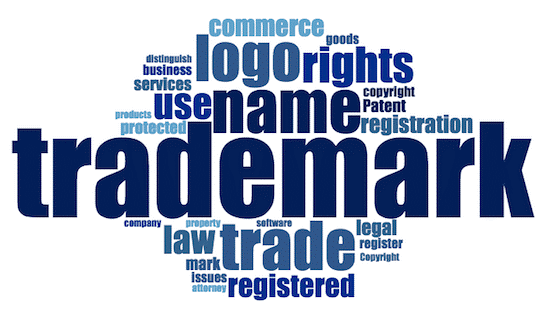The United States Patent and Trademark Office defines a trademark as “a word, phrase, symbol or design, or a combination of words or symbols, used or intended to be used to identify and distinguish the goods of one party from those of others.”
A company can protect its intellectual property by registering a hong kong trademark https://www.accoladeip.com/us/en/trademark-search/. Trademarks give a company the exclusive right to use the mark in connection with the goods and services it is offering.
Trademark Search
Trademarks are designs or expressions that identify a company and distinguish their goods or services from others. They are also considered intellectual property, which is why they need to be registered and protected.
A trademark search is the process of checking whether a mark is available for use and registration in a particular territory. It can be conducted by an in-house team or by an external service provider.
The search results will be compiled into a comprehensive report that contains essential data about the marks revealed. These may include marks that are identical to the subject mark, or close variations of it covering potentially related goods and services.
A trademark search should be done when a new mark is first introduced into the market, as well as when it is renewed or infringed upon. Failure to do so can result in a rejection of an application by the United States Patent and Trademark Office (USPTO) that could waste time and money for the applicant.
Trademark Registration
Registering your hong kong trademark means that it’s officially a legal shield for your brand. This can protect you from competitors who try to infringe on your mark, and give you the power to police how your brand is used.
Trademarks can be registered in federal or state databases. Federal registration affords greater protection to your brand across the U.S., while state registration only offers protection in your state of registration.
A trademark is a source identifier, and it connects a product or service to its manufacturer. If you have a brand and are trying to build an identity around it, you should consider registering your trademark as soon as possible.
Before filing for a trademark, it’s important to conduct extensive research to ensure the name is not already in use. This includes checking the federal trademark register, local business directories, and relevant trade press. It also helps to search social media for any recent activity with your desired name.
Trademark Maintenance
Trademark maintenance is the ongoing process of renewing, monitoring, and using your trademark per USPTO regulations and requirements to protect it against infringement and ensure its validity. Think of it as riding a bike: It takes some work to get going (registration) and continuous motion to keep the balance (maintenance).
Once a trademark is registered, it’s up to you to continue to use your mark and take the necessary steps to maintain its protection. If you don’t do so, your rights will become invalid or your registration will be canceled.
You’ll need to file several different documents at certain intervals to maintain your trademark and its benefits. These documents show that you are continuing to use your mark in commerce and that you continue to have legal remedies if someone infringes on your rights.
For instance, you’ll need to submit a Declaration of Use statement between the fifth and sixth years of your registration. This document will list the goods and services you sell with your trademark, along with a specimen that shows how you use it on your products or in conjunction with your services.
Trademark Opposition
In most countries, you have the right to oppose a trademark that’s about to be registered. This can be done if you believe that a proposed trademark is unregistrable, or if someone else wants to register a mark that could cause confusion.
Opposition proceedings usually follow procedural rules. Both parties must submit arguments and evidence to a designated board or tribunal, which then issues a ruling.
The ground that most often is used for opposition is likelihood of confusion. This is based on the fact that the applicant’s trademark may be too similar to another existing mark or a mark that has been applied for earlier.
To be eligible to file an opposition, a person or entity must have a “legitimate interest.” This means that they have an actual stake in the outcome of the proceeding. They must also show that the registration of the trademark will negatively impact them in some way.
If you have any inquiries relating to Accoladeip, you can contact us at the page.






